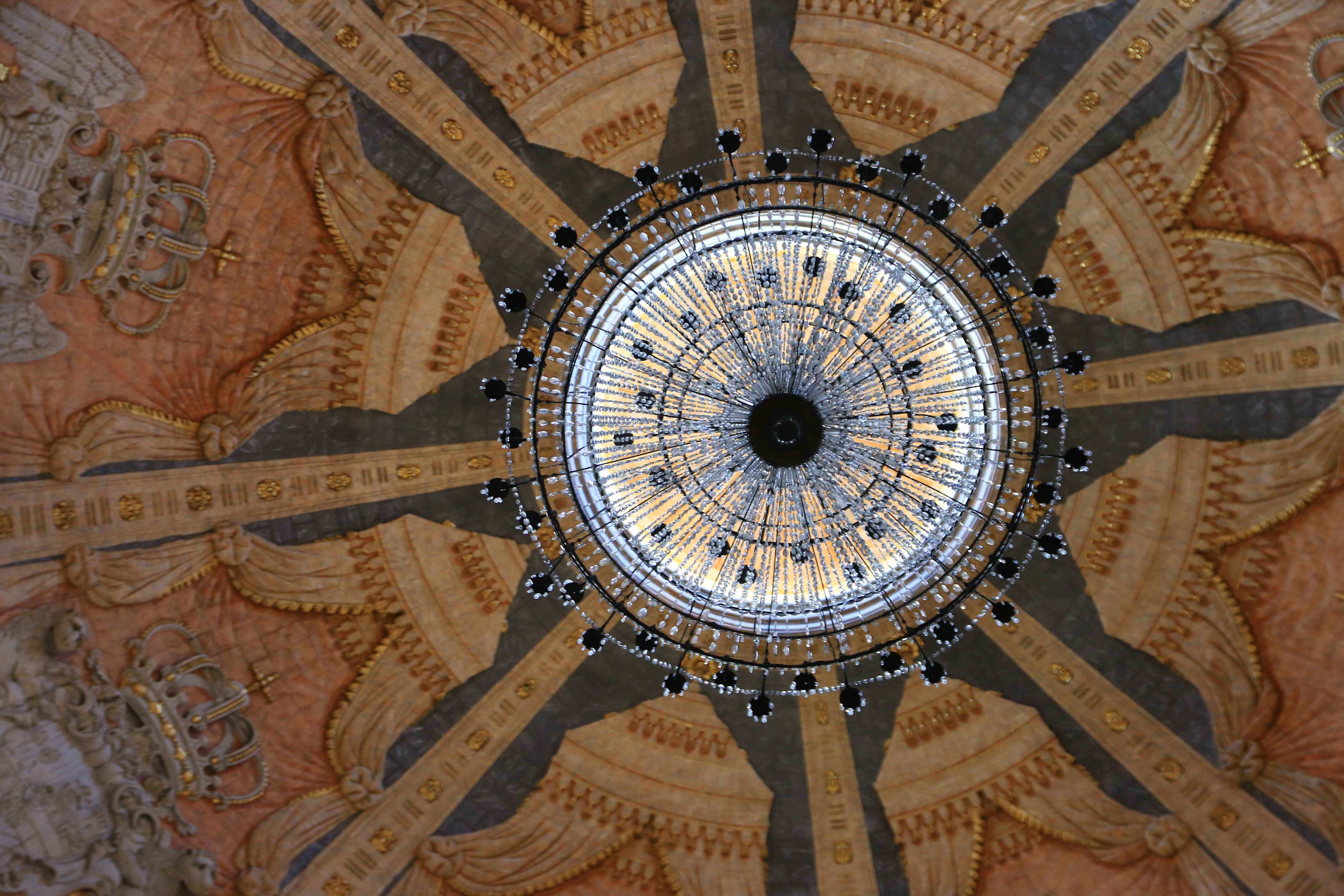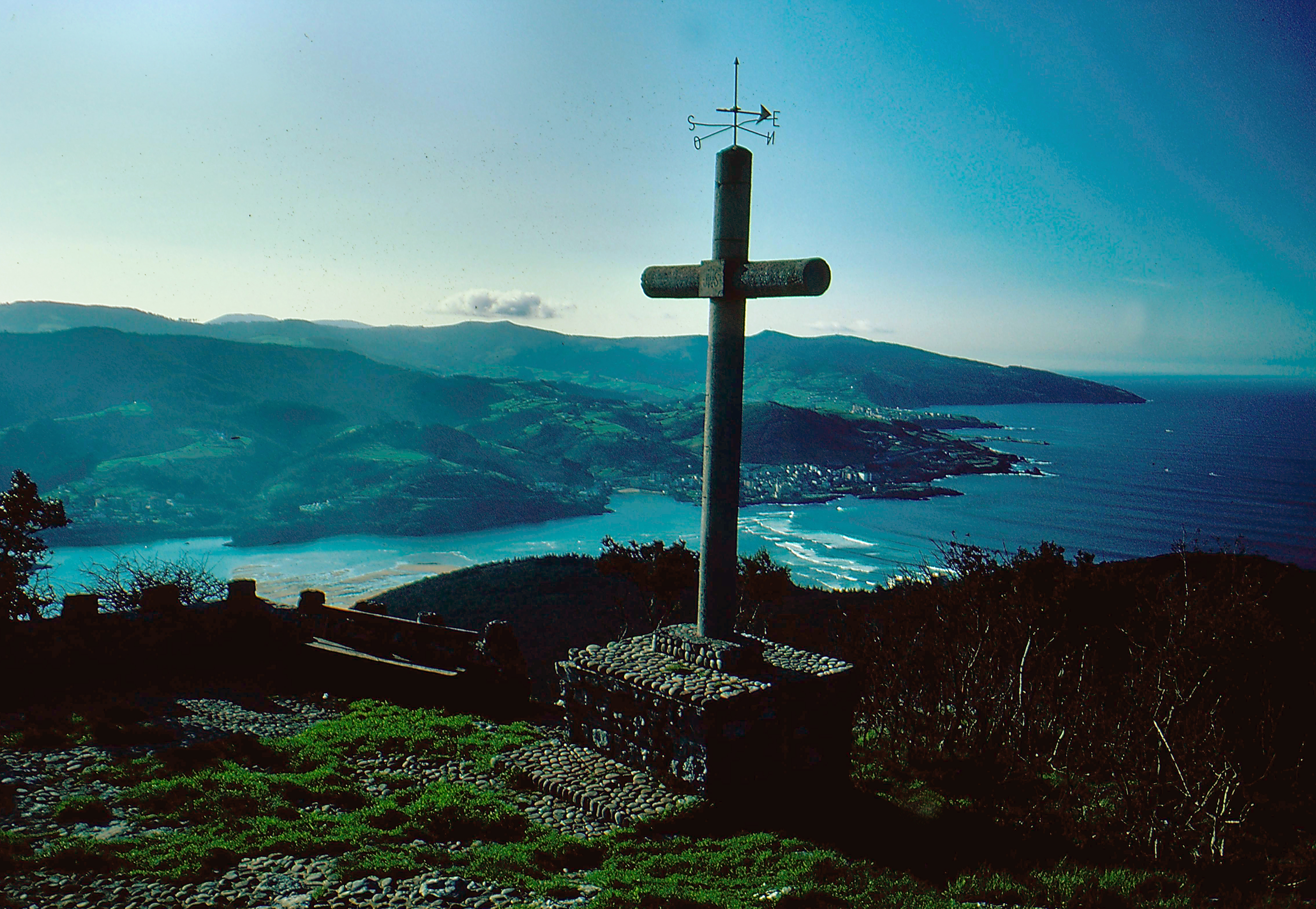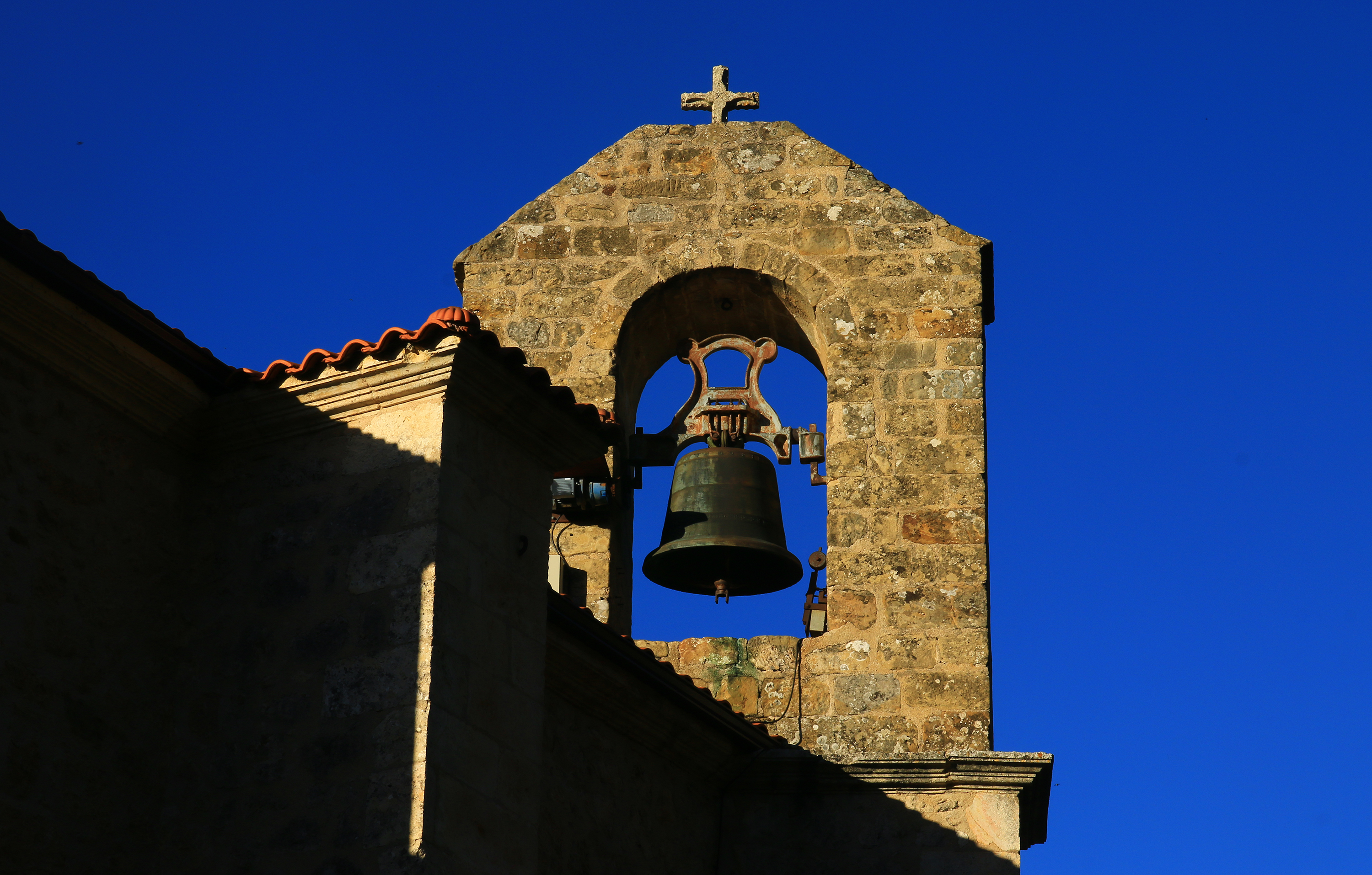Basque ethnography at a glance

Loyola (Gipuzkoa). José Ignacio García Muñoz. Labayru Fundazioa Photographic Archive.
In a previous post we revisited sacred places popular with pilgrims as prevention and cure for sickness. On this occasion we focus on pilgrimage destinations for infertile women and children with disorders. These are old-time practices that have gradually been abandoned over the years.
Infertility was almost considered a disgrace in traditional society, and primarily, if not exclusively, attributed to women. Children were a blessing for the continuity of the family line, while providing a helping hand with domestic chores. Not surprisingly, married women eagerly yearned for a family of their own, and those who could not bear children sought the intercession of the Virgin and the saints.
Here follow some of the religious sites they visited to make such a particular request: St Faustus of Bujanda, Our Lady of Angosto, and the Sanctuary of Oro in Álava; St Michael of Aralar, Our Lady of Ujué, and the Sanctuary of Xavier in Navarre; St John of Gaztelugatxe, Our Lady of Almike, and of Gorliz in Bizkaia; and the Sanctuary of Loyola in Gipuzkoa.
At St John of Gaztelugatxe pilgrims venerated the image of Saint Anne with the Virgin and Child. Women with difficulties to get or stay pregnant deposited children’s clothing and other objects (baby sweaters, shoes, rattles…), a ritual observed by many until the 1970s.

Atxerre (Bizkaia). José Ignacio García Muñoz. Labayru Fundazioa Photographic Archive.
Childbirth and child health became of major concern during pregnancy and were thus entrusted to Saint Raymond Nonnatus, patron saint of labouring women, midwives, children and pregnant women. Non natus is Latin for ‘never born’ and refers to his birth by caesarean, his mother having died while delivering him. Images of the saint were venerated at the Sanctuary of Our Lady of Jainko in Arrieta and also Ea, Durango and Berriz, all of them in Bizkaia.
The hermitages of St Lucy in Mendexa and St Peter of Atxerre in Ibarrangelu, where expecting women used to offer a white cockerel to the saint after walking three times around the chapel, have likewise been frequented in Bizkaia; the hermitage of St Anne of Larraitz in Abaltzisketa, among others, in Gipuzkoa; and the Sanctuary of Our Lady of Okon in Álava, where the ritual performed included bell-ringing.
In keeping with the biblical tradition of the presentation of Jesus in the temple, it was customary to take the first born back to the sanctuary to give thanks for the gift of the child. In the very old days the newborn used to be presented along with the required wheat or wax offering, equivalent to his or her weight. The ceremony of the blessing of infants at the Sanctuary of St Anthony of Urkiola is still held every year in July.

Okon (Álava). José Ignacio García Muñoz. Labayru Fundazioa Photographic Archive.
As the child grew older, further help might have been needed. Babies having trouble with breastfeeding, for instance, were typically taken to hermitages dedicated to Saint Agatha, who according to legend underwent the cutting off of her breasts during martyrdom.
In case of delay in walking they resorted to the hermitages of St Cyricus in Otazu and St Bonaventure of Unanua in Navarre, and St Michael of Villabona, St Stephen of Oñati and of Errezil, and St Bartholomew of Antzuola in Gipuzkoa, attending on three consecutive Fridays to pray and kiss the saint’s right foot.
Late talkers and stutterers are in like manner known to have been subjected to certain rites at hermitages and sanctuaries: some were given blessed water to drink, others were raised above the altar, prayers said and the sign of the cross made on their forehead or their tongue with oil from votive lamps; and at Gaztelugatxe children with a stutter offered to Saint John all the coins they could hold in a fist.
Akaitze Kamiruaga – Popular Cultural Heritage Department – Labayru Fundazioa
Translated by Jaione Bilbao – Ethnography Department – Labayru Fundazioa
References for further information: Popular Medicine, part of the Ethnographic Atlas of the Basque Country collection, and also Origen y significación de las ermitas de Bizkaia [Origin and significance of hermitages in Bizkaia] by Gurutzi Arregi.

